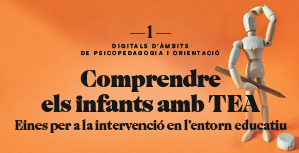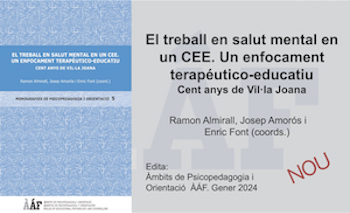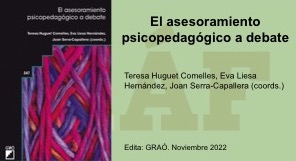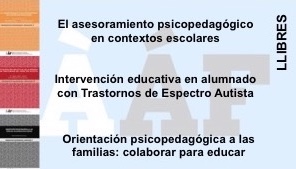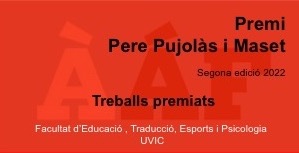Reinventing school: from normalisation to inclusion
Keywords:
Inclusive education, Organization, Cooperation, Attention to diversityAbstract
This article describes the process of changing of the school Pere Calders Polinyà over twelve years, starting from the perspective of a normalizing centre to nowadays, when the aim of the centre is to provide an integral and qualitative educational response to all the children: an inclusive project. The article exposes that it was necessary to spread new cultures and activate new policies in order to develop this change. It describes also the different organizational, training and spreading strategies used in the process. It emphasizes the value of coexistence, welfare, training and collaborative involvement of the actors in the educational community to achieve this transformation towards excellence.
References
Arnaiz, P. (2003). Educación inclusiva: una escuela para todos (Vol. 1a). Málaga: Ediciones Aljibe.
Booth, T., & Ainscow, M. (2002). Index inclusió : index per a la inclusió : guia per a l’avaluació i millora de l'educació inclusiva. ICE Universitat de Barcelona. Retrieved from http://www.xtec.cat/monografics/inclusio /html/pdf/inclusio.pdf
Echeita, G. (2007). Educación para la inclusión o educación sin exclusiones. (2a ed., Vol. 2a edición). Madrid: Narcea.
Giné, C. (1998). ¿Hacía dónde va la integración? Cuadernos de Pedagogía, 269(Mayo), 40–45.
Giné, C., Duran, D., Font, J., & Miquel, E. (2009). La educación inclusiva. De la exclusión a la plena participación de todo el alumnado. (C. Giné, Ed.) (1a ed., Vol. 1a Edició). Barcelona: ICE de la Universitat de Barcelona.
Hernàndez, F.; Ventura, M. (1994). La organización del currículo por proyectos de trabajo (1a ed.). Barcelona, Espanya: Graó.
Huguet, T. (2006). Aprendre junts a l’aula : una proposta inclusiva. Barcelona : Graó. Retrieved from http://ccuc.cbuc.cat/record=b3532378~S23*cat
Martín García, M. J. (2006). Investigar y aprender : cómo organizar un proyecto. Barcelona : Horsori. Retrieved from http://ccuc.cbuc.cat/record=b3643627~S23*cat
Miquel, E.; Castelló, M.; Bassols, M. (1998). Instantànies.: Projectes per atendre la diversitat educativa (Llibres a l’Abast). (C. Monereo, Ed.) (1a ed.). Barcelona, Espanya.
Monereo, C., & Duran, D. (2001). Entramats. Mètodes d’aprenentage cooperatiu i col·laboratiu (Vol. 1a). Barcelona, Espanya: Edebé.
Ruiz i Bel, R. (2008). Plans múltiples i personalitzats per a l’aula inclusiva (1a ed., Vol. 1a edició). Barcelona: Eumo Editorial.
Skiliar, C. (2005). Poner en tela de juicio la normalidad, no la anormalidad. Políticas y falta de políticas en relación con las diferencias en educación. Revista Educación Y Pedagogía, 17(41), 9–22.
Stainback, S., Stainback, W. (1999). Aulas inclusivas : un nuevo modo de enfocar y vivir el currículo. Madrid : Narcea. Retrieved from http://ccuc.cbuc.cat/record=b2384469~S23*cat
UNESCO. (1994). Declaración de Salamanca y marco de acción.
Vlachou, A. (1999). Caminos hacia una educación inclusiva. (L. Barton, Ed.) (1a ed., Vol. 1a Edición). Madrid: La Muralla.

Downloads
Published
Issue
Section
License
The authors maintain their copyright and give the right to the first publication of the work to the journal, registered under a Creative Commons Attribution-Non Commercial-NoDerivs license. This license allows others to download the works and to share them with others as long as they credit the author, but it does not allow for any kind of modification or commercial use.


